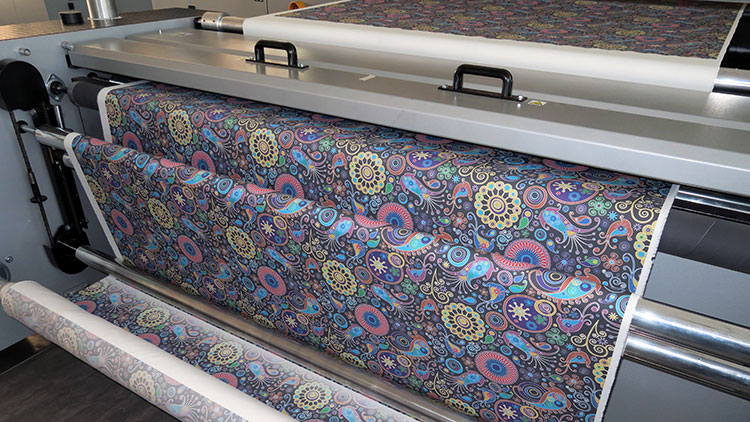Having worked for technology companies for the last 35+ years, I decided to do things differently from now on. I decided that sharing information is better than keeping it to yourself – especially in the printing industry and textile markets where knowledge is often kept close to the heart in case a competitor is looking, might steal your idea or whatever reasoning you would like to come up with.
Although it’s understandable that you are doing this, it’s not helping you or your company. There is an old phrase: ‘sharing is caring’, and in this spirit I have resumed writing about technology and the changes that have been happening in the last few years. I will be happy to write about any industry topic, so drop me a mail if you have any suggestions. I can’t guarantee your subject is going to be the next one, but I will do my best.
Knowledge is important, but it all depends on how you look at it. These days I think your personal network is more important. How you can get reliable information is faster via your personal networks. No, not via Google or other internet search sites but from people you know. Look at internet forums, local and international tradeshows and open houses – these are great places where you can get the accurate information you are looking for. All you would need now is how to solve your problem. Problems are not problems but only challenges, so you can overcome them. Just ask.
Let’s take the textile market. It’s a hot subject and we all want to go into textiles. Why? Because it’s the hot thing and everybody is going into this new market. Just imagine, soft signage, frames, sportswear, fashion! These are all really exciting areas with potential high margins.
We are unfortunately new to textiles, but we can get the information from vendors. They talk about easy colour-matching, simple heat pressing, substrates, fabrics, ridged media and papers that are all available via lots of sources. This is true, but what works with what? Well that is a challenge as the complexity in this case is not only the printing side but the finishing side, and there are no books.
People just underestimate the complex workflows that come to the textile market. It just starts with simple things like the design. There are multiple sizes of a sportswear shirt, so do you have the 3D imaging software, do you know how to lay out the shirts? There are software packages on the market that can do this, but the cost is not as low as you might think.
What calender do I pick? Oil drum based or an infrared version? What size, in width and in diameter of the drum? How are you going to cut the fabrics? Flatbed, laser or by hand?
Do you have someone in your company to do the sewing? Or a professional aluminium saw? And not the one from the DIY store, but a real one for cutting the frames, because you do want to cut those six-metre lengths for the frames right. Then we still need to fit the fabric to the frame. Fabrics stretch and move; they are not like vinyl or hardboard Forex. So yes, we might find some challenges along the way.
So, who can help you? The vendor speaks only about his products, the reseller about his products, but how do you get the ROI you want? Consultancy is one way; the other way is to read.
Just remember there are two types of consultants: the ones that say yes to you and the critical ones. If you need the right guidance, use the latter. Critical and straight to the point is the cheaper and better way. There are solutions and answers at hand – you just need to find the right knowledge.
Mike Horsten, founder and owner of ZEMT Consultancy & Freelance writer.
mike@zemt.info





